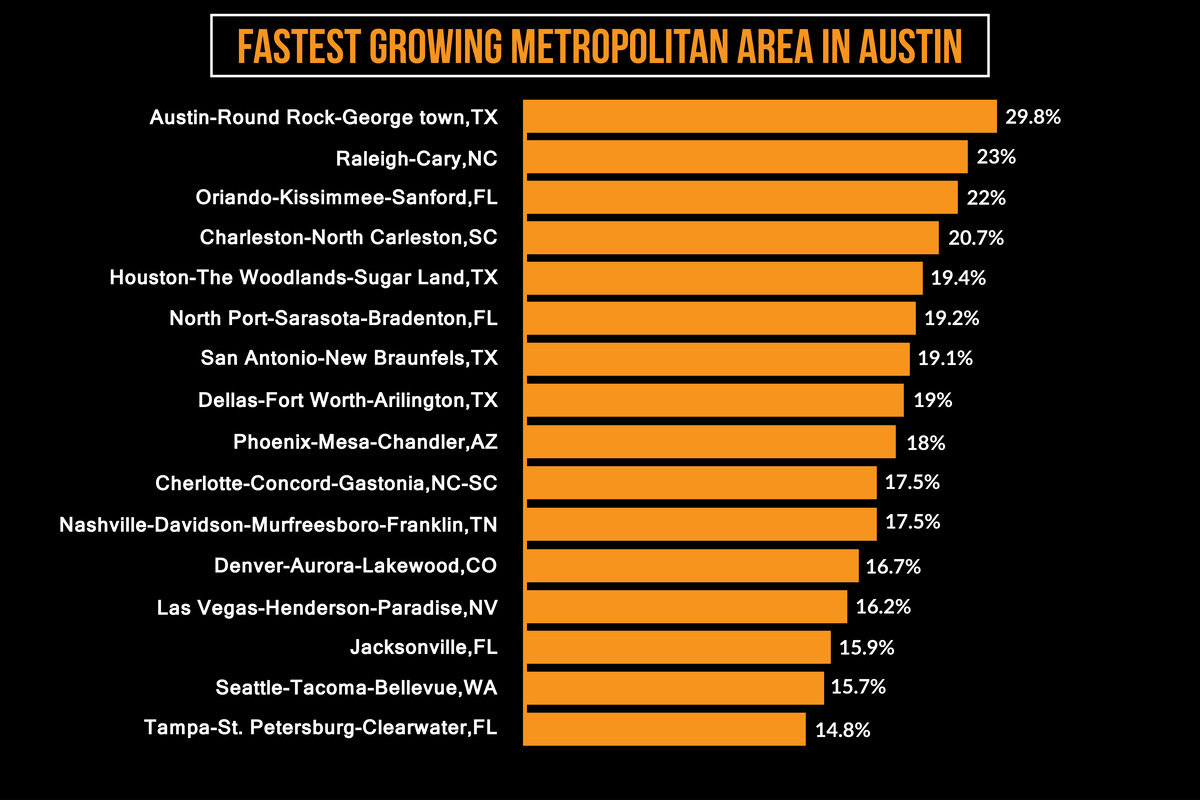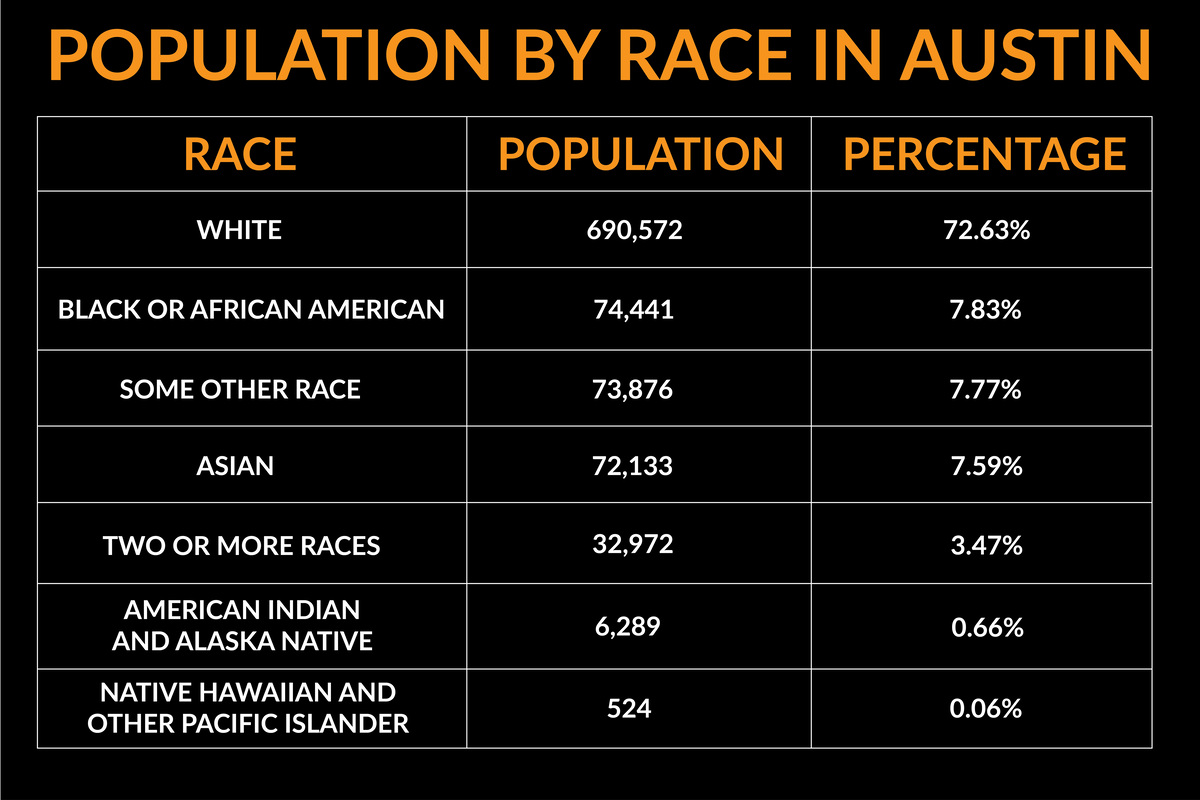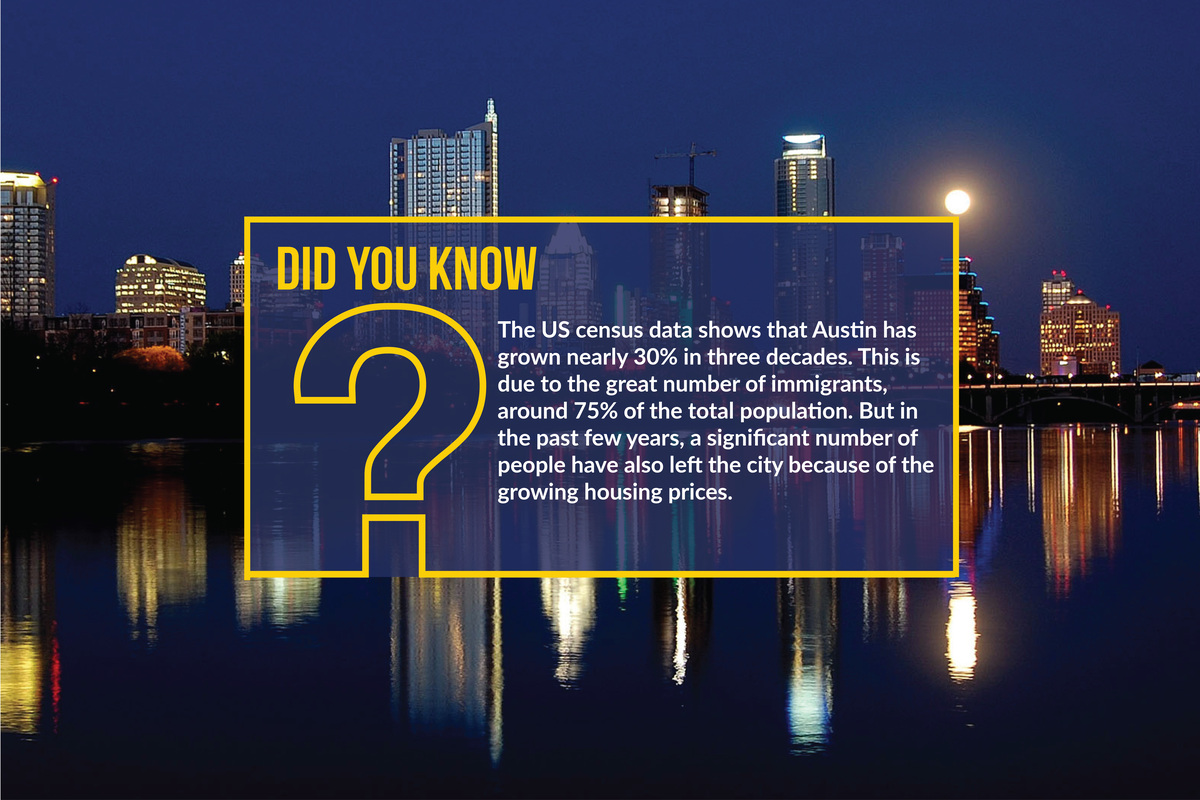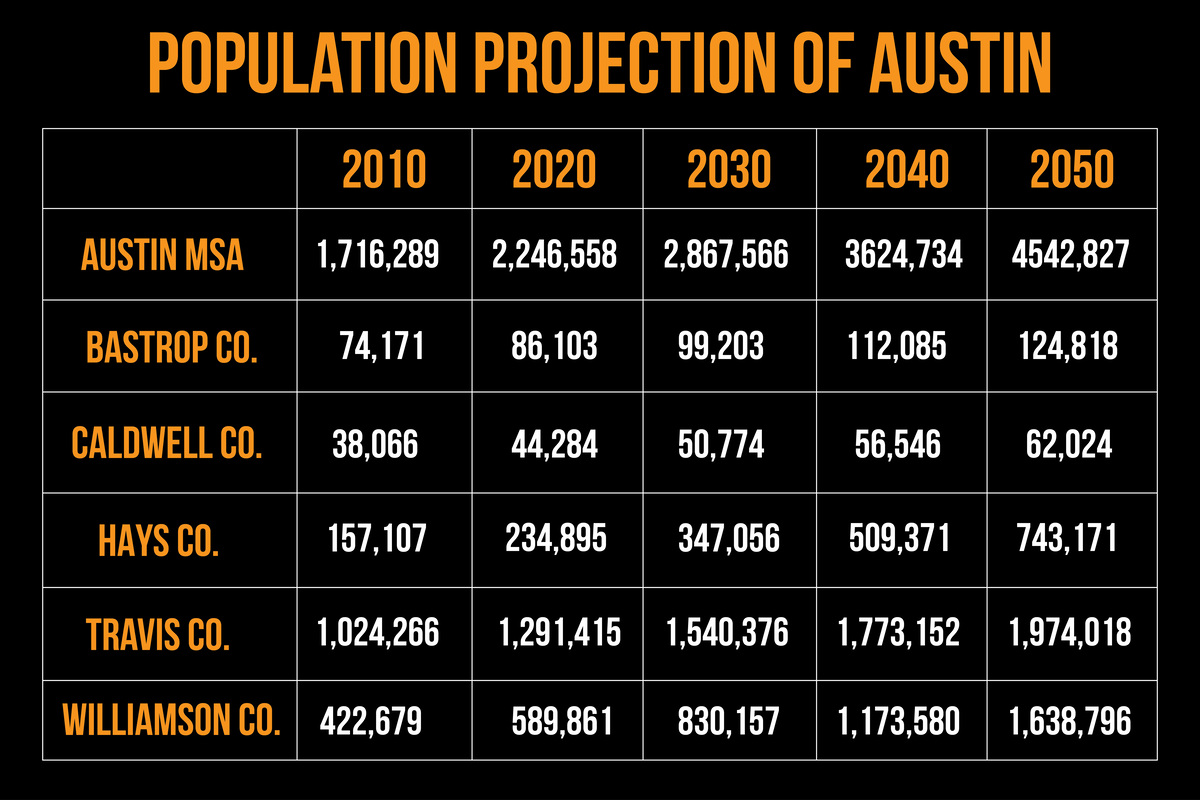relocation to austin texas
There are several reasons behind the high rates of immigration in Austin, Texas. Some of the primary ones are as follows:
Affordability
One of the primary attractive aspects of Austin forcing people to move from different parts of America is affordability. Places like California are becoming too expensive and unaffordable for low to median-income earners.
This is forcing people to move to less expensive cities and counties in the US to live a better and peaceful life that can offer them a thriving future.
The cost of living index in Austin is 119.3 , while the cost of living in the US is 100. Other areas like California have an index of more than 149.9.
Employment
Finding jobs in Austin is pretty easy for most immigrants. Several leading tech giants, manufacturing companies, and others are operating in Austin and are offering many opportunities for people.
Besides that, Austin is the tech hub of Texas, and it is destined to grow in the future. Apart from this, 192,500 immigrant employees cover 18% of the city’s labor force.
Note that 72% of Austin’s immigrants contribute to the labor force, while only 71% of Austin’s native-born population makes up the labor force.
On top of that, immigrants belonging to different ethnicities and cultures are giving their services to all types of companies in the city. Ironically, around 20,700 immigrants in the city are entrepreneurs . So, people struggling to expand their business in their home city can easily move to Austin to establish their business.
The average individual income in Austin is around $40K. While more and more people are getting jobs, we are also observing a reduction in poverty.
Affordable Housing
There is no doubt that Los Angeles, California, and other US states are experiencing a great housing problem because of affordability issues. Most cities like New York, San Francisco, Boston, Seattle, and others have expensive real estate.
This is why only wealthy residents or those earning great salaries can find their desired homes in these cities.
So, a great number of people are moving to Texas, especially Austin. Texas offers larger houses and better opportunities for homeownership. The average home price in Austin is around $575,000 , while the median rent in Austin is $1,690 . Inexpensive housing makes it a perfect place to live with your family. The best part is that you can get help from a local moving company to help you relocate your household items. A moving company can also help you set up your new home.
Lower Population Density
Though many people are moving to Austin, it still has space to accommodate more people. Ironically, around 3,089 people reside per square mile in Austin. On the other hand, bigger and more populated cities, like San Francisco and Los Angeles, have a density of 15,000 people per square.
Due to lower population density, there are no overcrowded areas. So, you may never have to experience heavy traffic on roads and extremely packed shopping malls.
Clean Air
Many people moving to Austin prefer it because of its clean and healthy air. The best part is that there is no risk of wildfires. And a low population means fewer vehicles and fewer accidents. Therefore, Austin's pollution index is quite low , leading to pure and clean air.
Because of having a healthy and safe environment, it is also an ideal place to live for families and children. People who want to live a healthy and happy life find Austin an appropriate place to live.



